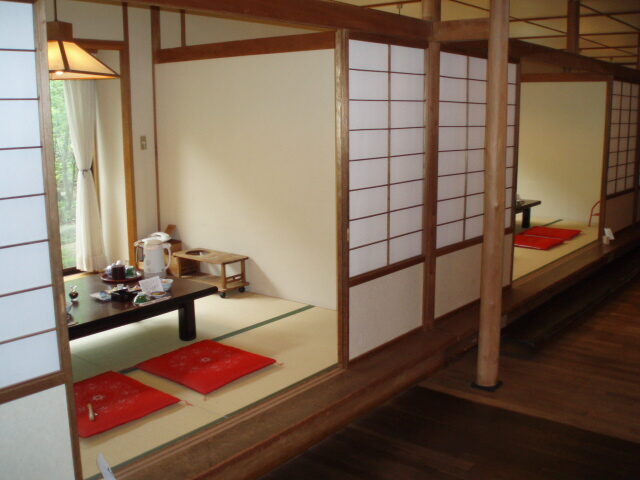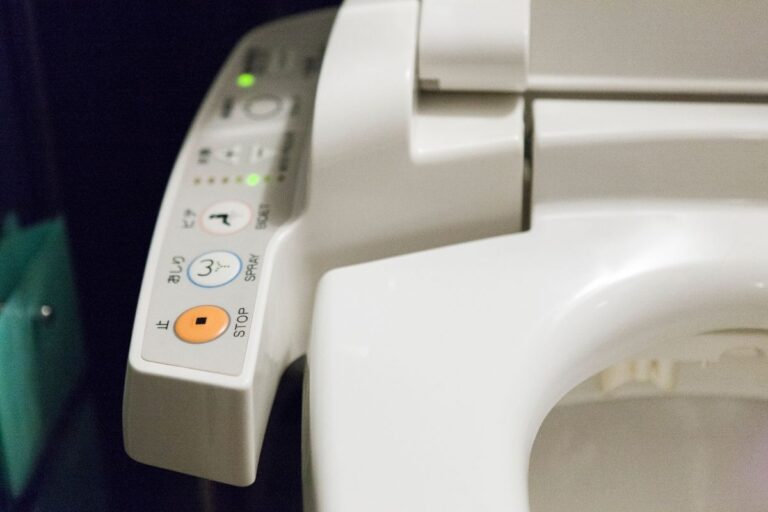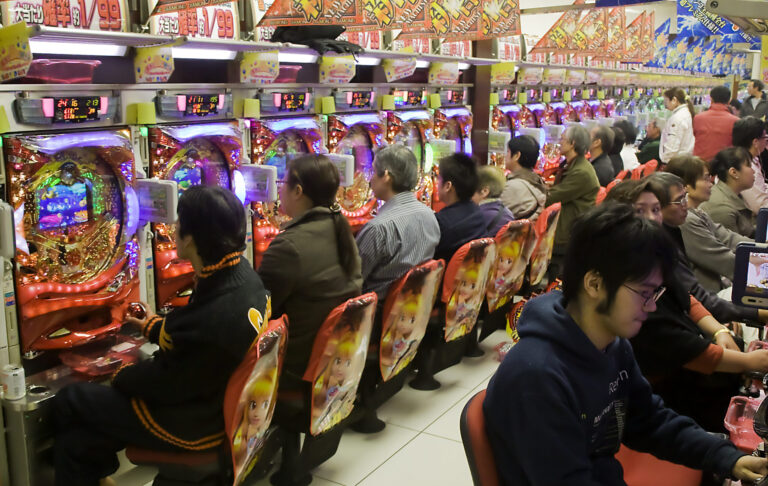 If you enjoy Japanese food, you owe it to yourself to learn about Japanese table manners. Not only does the knowledge of this aspect of Japanese culture broaden your mind, but if you ever find yourself eating in Japan or with Japanese people, you’ll demonstrate cultural sensitivity as well as manners that your hosts or guests are sure to appreciate.
If you enjoy Japanese food, you owe it to yourself to learn about Japanese table manners. Not only does the knowledge of this aspect of Japanese culture broaden your mind, but if you ever find yourself eating in Japan or with Japanese people, you’ll demonstrate cultural sensitivity as well as manners that your hosts or guests are sure to appreciate.
First, you should be aware that while many Japanese homes and most Japanese restaurants have Western-style tables and chairs for dining, many more have only Japanese style tables, which are positioned very close to the floor. The participants in the meal are expected to sit on the ground, typically in the seiza position, which is a kneeling position in which you rest your shins on the floor and your rear on your feet. When you’re in a more casual setting, it’s socially acceptable for men to sit cross-legged and for women to sit with their legs crossed to one side. Depending on the setting, you may be sitting directly on the floor–on a tatami mat–or on a cushion. You may even have a chair with back support that goes directly on the ground.
Using chopsticks is considered the more polite way to dine in Japan, although you may use knives and forks in Western restaurants. You may still be able to request knives and forks even in Japanese restaurants and households, but your Japanese guests or hosts will be impressed if you use chopsticks correctly. Chopsticks help you take smaller portions so you won’t be shoveling your food in all at once. When ingesting soup, you can use the chopsticks to remove the large ingredients in the soup and can then sip the soup broth directly from the bowl. Sipping sounds are considered polite, not rude, in Japan when not done in excess.
Many Japanese meals are shared meals, with the food served in the middle of the table. Use your chopsticks to grab a small portion of food to place on your plate and then eat from the plate. Don’t take more food than you can eat, as it’s good manners not to leave any food on your plate.
Like in the West, it’s impolite to burp or discuss gross or distressing topics at dinner. You should also refrain from blowing your nose and excuse yourself to the restroom if blowing your nose becomes necessary. When you’ve finished, try to put your dishes back to the position they started in, with your chopsticks in their holder and dishes and lids stacked as they were served to you.
If you’re enjoying alcohol, be aware that it’s proper table manners to serve others and not yourself. When you notice that a friend’s cup is empty, you can ask if he or she’d like more and pour it for him or her. Do not pour the alcohol for yourself or ask someone else to do so; your friends should notice that you need a refill.
No related posts.
Tags: Food, japan, japanese culture, japanese customs, lunches, table manners



